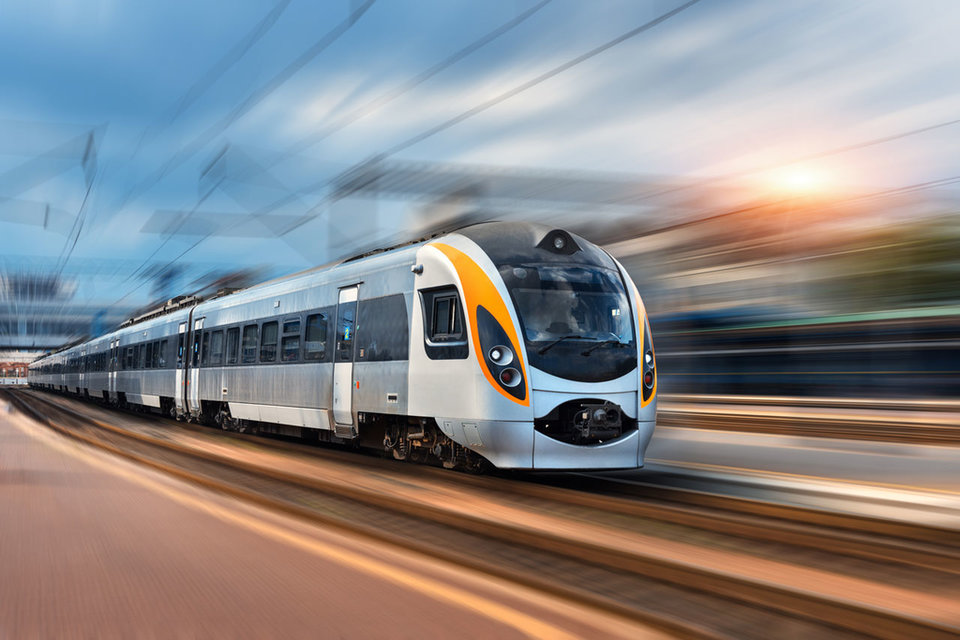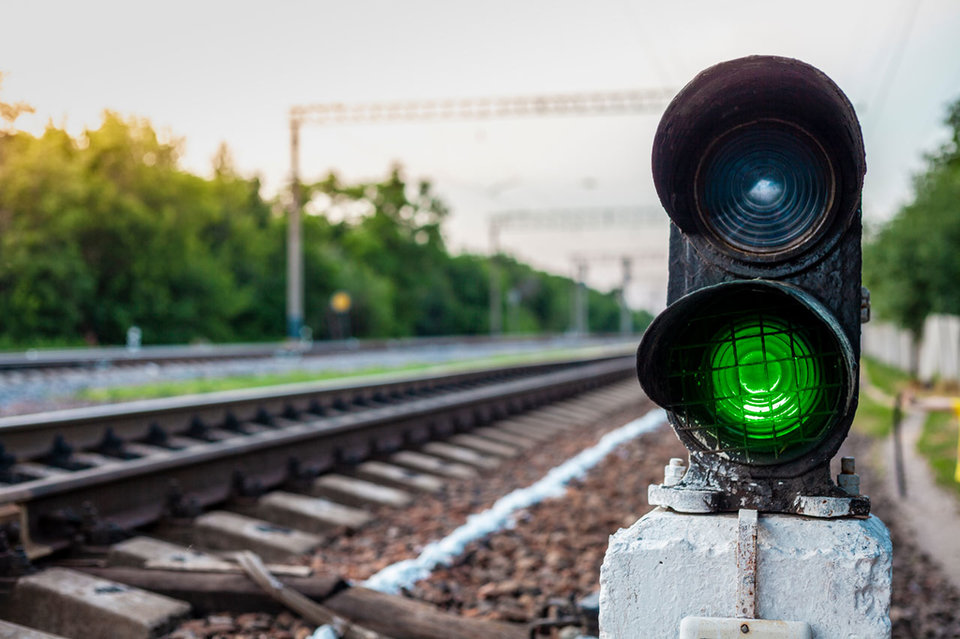1991-1998:
First Railway Directive adopted
The European Economic Community (EEC) adopted the First Railway Directive, also known as the First Railway Package. It proposed opening up markets – networks and services for passenger and freight – in what was a major shift for many member states.
Following its establishment in 1993, the European Union (EU) introduced a set of new legal requirements on the licensing of railway companies. It meant a license awarded in one member state was valid across what would become the Single European Railway Area (SERA).

Image: Denis Belitsky | shutterstock.com
At the same time, the EU indicated it planned to introduce a uniform rail traffic management system to improve interoperability, raise safety standards and promote efficiency between networks. At the beginning of the next decade several counties began to introduce an early version of the European Rail Traffic Management System (ERTMS).
In 1998 the European Commission (EC) announced proposals it said would make the First Railway Package more effective. The legislation, the first of four to be implemented over the following two decades, was formally introduced in 2001.
2002-2004:
dawn of the integrated European railway area
The EC presented the Second Railway Package which it said would revitalise the railways “through the rapid construction of an integrated European railway area”.
By 2004 a number of directives had been implemented, intended to harmonise standards and increase interoperability. These included aligning safety standards, providing more guidance on a connected European rail network with a particular focus on high-speed links, and facilitating EU-wide freight transport.
In 2004 a Europe-wide agency, now the European Union Agency for Railways (ERA) was announced; it was established in 2006.
2004-2007:
passengers come into focus
Whilst much of the focus had previously been on freight transportation, it was here the EC turned its attention to passenger transport under the Third Railway Package.
It allowed passenger operators to facilitate cross-border travel. They were also allowed to pick up passengers outside of their country of origin.

Image: connel | shutterstock.com
By 2007 national and international freight was fully opened up to competition. In the same year the EU mapped nine international freight corridors.
As well as proving blanket passenger rights, the package outlined efforts to standardise driver credentials, setting minimum requirements of education, age, physical and mental health, and driver knowledge and training. The certification scheme was earmarked for implementation in 2009-2011.
2010:
errant member states are reprimanded
The EC announced it was referring 13 member states to the European Court of Justice for failing to fully comply with past Directives. It said Austria, the Czech Republic, France, Germany, Greece, Hungary, Ireland, Italy, Luxembourg, Poland, Portugal, Slovenia and Spain had “important issues which remain to be resolved”.
They included the failure to establish independent regulatory bodies and ensure the independence of rail infrastructure managers from rail undertakings, as well as rail access and charging.
2012:
First Railway Package heralds cross-border services
The Single European Railway Directive was a recast of the First Railway Package and strengthened previous Directives, adding significant weight to laws allowing for cross-border services.
2016-2019:
Fourth Package ramps up ambition
The Fourth Railway package was perhaps the most ambitious and wide-ranging of all, and a significant step towards a SERA. Coming into law in June 2016, it gave member states until June 2019 to adopt the rules of both the technical and market pillars outlined. The EC's aim was to significantly reduce the 11,000 plus regional regulations across the SERA by introducing harmonised regulations.
It included measure to cut administrative costs, ensure rail infrastructure administrators and train operators were independent of each other, increase market access through public service obligation (PSO) contracts, and continue to raise standards among the workforce.

Image: Friva | shutterstock.com
It also formalised the role of the ERA, outlining its responsibilities which include managing the certification process of rail operators, authorising rolling stock across SERA, overseeing signalling and trackside control and command systems, monitoring the performance of domestic safety agencies with the intention of assuming responsibility for them, and continuing the development and roll out of ERTMS.
Speaking in late 2017, Josef Doppelbauer, the ERA's executive director, warned that although larger companies and member states had begun the significant work needed to prepare for the changes, others were lagging behind. He said some only had a “vague notion” of what the Fourth Railway Package meant. “This is the most important change in railway legislation ever,” he said.
2017:
ERTMS fails to make immediate impact
ERTMS, which by now was seen by the EC as basis for digitalising railways and launching automated services, was not having its intended affect. The European Court of Auditors said a reluctance to invest by infrastructure managers and railway undertakings had led to a “patchwork”, risking the future of the SERA.
2019:
One Stop Shop (OSS) online portal launches
The ERA launched a One Stop Shop (OSS), an online portal allowing users to submit applications for vehicle authorisation, later providing an avenue for safety certification too. The OSS had been announced in 2016 and approved the following year.
In June, the ERA took over responsibility for all vehicle authorisation and safety certification in a major step. Through the OSS, manufacturers can follow one process rather than having to meet numerous requirements depending on the country of intended use. Once applications have been made, an ERA expert will be appointed to manage the process, working with the manufacturer to ensure all requirements are met.
“The new, simplified certification processes help [with] breaking down the barriers and increasing harmonisation, which will improve the competitive position of railways,” said Doppelbauer.
2019-2030:
high hopes for a Shift2Rail
From 2019 onwards the EC will continue its work to improve the interoperability and digitisation of services and networks. This will include further development of the ERTMS and a continued focus and spend on the EC’s Shift2Rail initiative.
The public-private partnership’s objective, announced in 2013, is intended to increase Europe’s rail capacity, improve reliability and service, and encourage even greater use of interconnected passenger and freight networks.